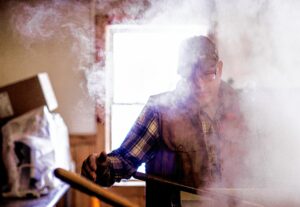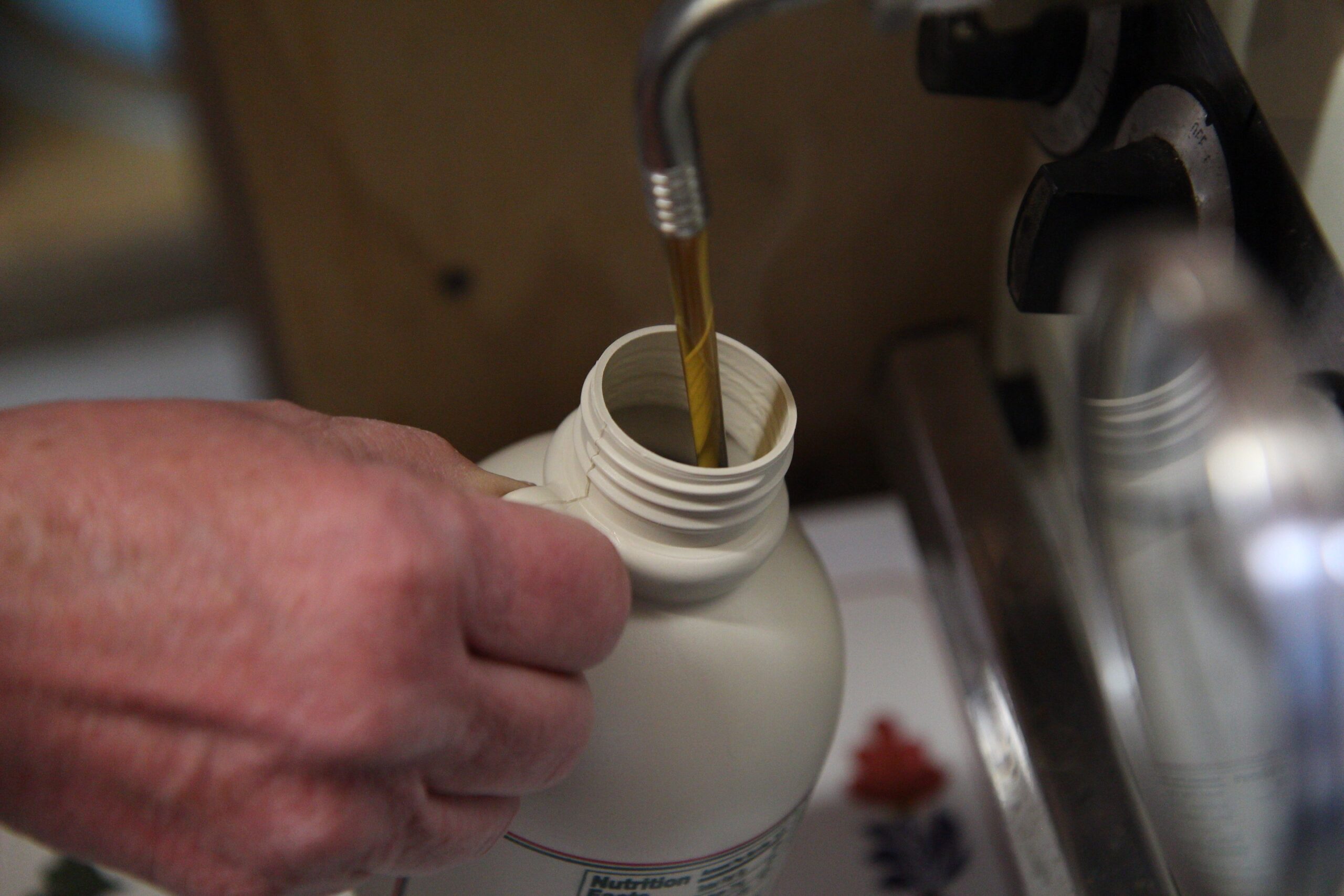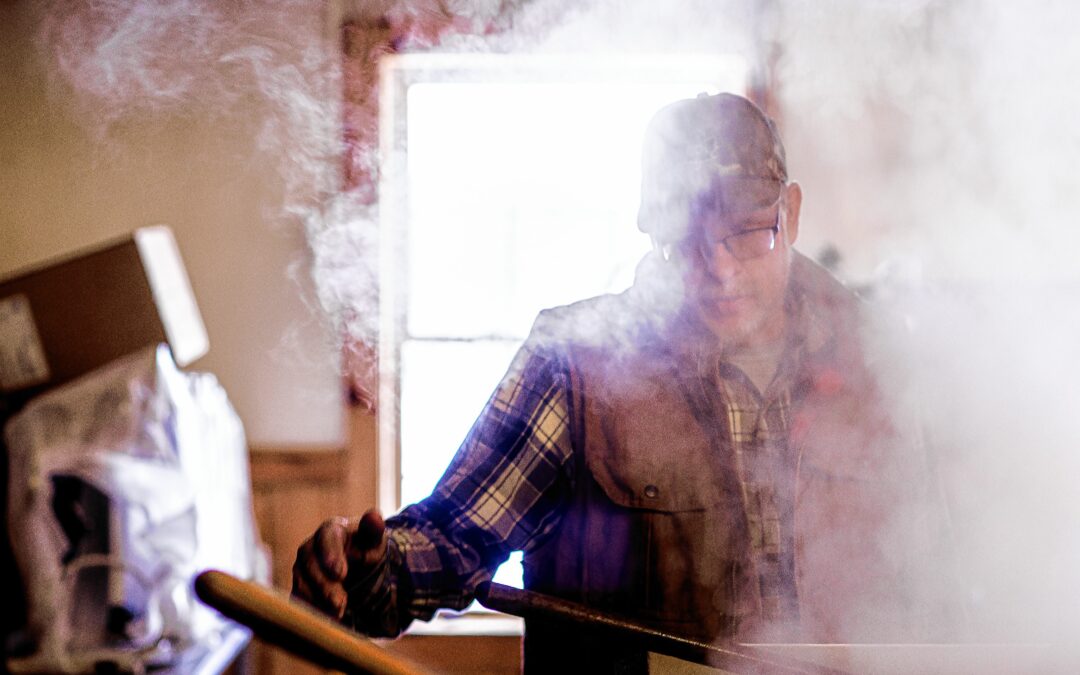New Hampshire’s sugaring season is over for another year but as we enjoy Concord-area maple syrup on our pancakes (and any other edible that strikes our fancy), it’s fair to wonder what exactly “sugaring season” means any more.
This year saw what was probably the earliest commercial syrup boil in New Hampshire history, when Ben’s Sugar Shack in Temple fired up operations on Jan. 1. To our west in Vermont, which is by far America’s leading maple-syrup producer, it is no longer unusual to see boiling start before Christmas.
Compare that to the sugaring season from Currier & Ives days: Trees were tapped in early to mid-February to gather sap, with sugar shacks doing the bulk of the work boiling sap down into syrup into March.
What changed? Weather and technology.
As a good New Hampshirite, you know that maple sugar depends on freezing nights and above-freezing days, which makes tree sap in many hardwood species move from the roots into the leaves and back again. Drilling holes in the tree lets us capture some of that moving sap. (Sugar maples have the highest sugar content in their sap, which is why they’re the best for syrup.)

Larry Moore of Windswept Maples Farm in Loudon stands at the envaporator to boil down the sap to make into syrup.
If it stays below freezing during the day or stays above freezing at night, the sap doesn’t move; what’s needed is the proper diurnal temperature range.
In past years, that pattern didn’t happen consistently in northern New England until February or March, but climate change has scrambled weather patterns. Now we can get stretches of suitable up-and-down days any time during the winter.
This is where technology enters the picture. Old-time taps, the sort that buckets hung on, couldn’t be left in trees for too long or bacteria would get in and cut off the flow of sap, so tappers never tried to take advantage of any early-season suitable spells. But modern taps seal off the hole, so they can be left in.
Another important factor is the vacuum that draws sap out of the tree into long tubes, where it’s carried a mile or more to large tubs. Not only does this speed up collection – no more gathering sap from tree to tree – but the vacuum also inhibits bacteria growth.
As a result, taps can be inserted into trees early in winter and left there for months, gathering sap every time there’s a temperature swing.
That helps explain why New Hampshire had a banner 2022, producing 167,000 gallons of maple syrup, a whopping 31% higher than 2021, which was a bad year due to weather, and just short of the record of 169,000 gallons in 2016.

Barbara Lassonde fills a bottle of maple syrup on Thursday. It’s one of the various preparations Beaver Meadowbrook Farm is making for the Kearsarge Maple Festival, which takes place in Warner during New Hampshire Maple Weekend.
These improvements are needed, however, as warming weather and shrinking winters are going to make this industry more and more difficult to maintain. We’re already near the southern of the trees’ range, and warmer weather with its shrinking winters is going to slowly drive them further north.
So enjoy that local syrup while you can.


 View Print Edition
View Print Edition